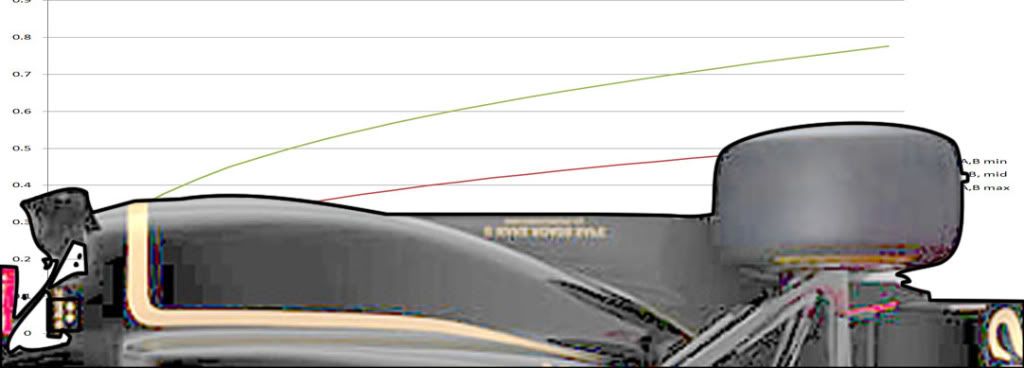If you take a look into this linked research study, you will see that external flow goes around "jet" flow for first few pipe's diameters, contrary to what i used to believe. For me this is enough to use term jet.Raptor22 wrote:marekk wrote:You can find trajectory numbers and figures in this previously posted research study.Raptor22 wrote:and we see that even the "jet" deflects due to the perpendicular flow. It has some ballistic trajectory though which is consistent and relevant to this discussion
For our discussion the most relevant thing is, that for exhaust/external speed ratio of 1,5 this jet hardly reaches about 5 times pipe's diameter. If we take into account that exhaust is not perpendicular to external flow, and our jet is hot, even less.
which tends to support my ascertion that the exhaust is not really a jet but just expanding hot air.
I also think the boundary layer flow is relevant since the flow beneath the car is almst perpendicular to the exit flow.
Regarding exhaust to external flow angle - i meant exhaust bend to the rear will help to flatten the trajectory and to keep resulting mixed flow under the floor. Once attached to the flow under the car, it finds it's way to diffuser, even if exhaust flow is 3 times quicker then external flow.







